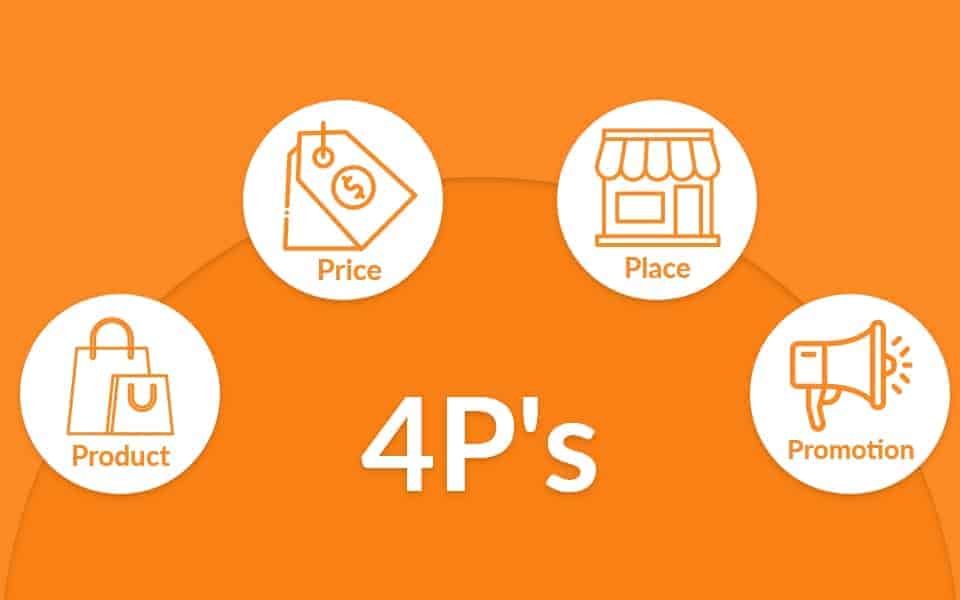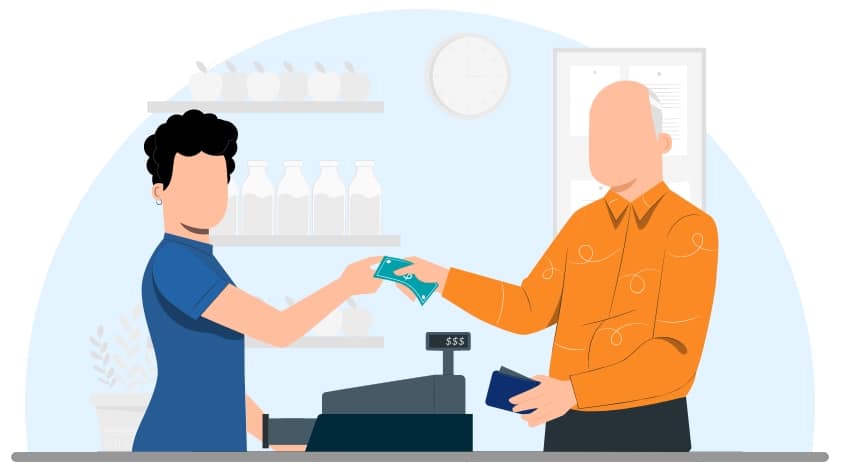Subscribe to Newsletter
Stay up-to-date with the latest tips & strategies. Get additional discounts & alerts on offers.


Phillip Kotler, now known as the ‘father of modern marketing,’ popularized this approach and helped spread the 4Ps model. The marketing mix has developed to the 8Ps of marketing, including elements like people, positioning, processes, and performance, but the basics have remained the same. Marketing professionals and companies still use the 4Ps of marketing today to advertise their goods and services.
Marketers need to understand the life cycle of a product and create a plan for every stage of its life cycle. One must understand the lifecycle of their product or service and develop strategies for every product selling stage: introduction, growth, maturity, and decline.
Here is how you describe your product; we will use our B2B contact lists as an example.
Our B2B contact lists host information on the most prominent global industries, including large corporations, SMEs and contact information of decision makers. They are the perfect tools to scale your lead generation pipelines.
Our email lists have a 95% accuracy rate and 85% email deliverability rate to help the business reach its target audience, build connections with decision-makers, and create personalized email campaigns to grow your business and achieve your marketing goals.
The features of our email lists include segmented databases, customizable databases, manual and AI verification, opt-in contacts, and data compliance with data privacy laws. It also offers CRM-friendly files, 24/7 post-sale assistance, and, most importantly, affordable prices.
4 How is your product different from what others offer?
Every contact list is verified regularly to ensure you get the most accurate data and avoid hard bounces and inaccuracies. It is also free of duplicate contacts and generic emails, ensuring you only generate qualified leads.
Questions you must answer about your product
Price is the amount your prospective customers will pay for your product or service. Before considering a price, marketers must consider supply costs, other competitors’ pricing, credit terms, freight payments, and seasonal discounts. Sometimes the company’s decision maker increases the price of the offering based on its appearance of luxury or exclusivity of product. In contrast, others might lower the cost to improve the product’s availability. The price is one factor that can directly influence the sales volume, the revenue you generate, and the business profits.

Factors Impacting Pricing Decisions:
Some companies offer subscription services, and here is an example of that:
Questions you need to answer before setting the price
Place determines where your product or service will be available and how it will be delivered to your target audience. This can be a brick-and-mortar store, an online website, or social media sites. The goal is to ensure that the product is readily available to prospective customers who are most likely to purchase the product.
Advertising the product or service on the right channel can help you get the target audience’s attention and drastically boost your sales. A pro tip here is to consider the buyer’s persona while finding the right channels, as it can help you decipher the channels your prospects are most active on.

Top distribution channels for a product or service
If your main product is a SaaS product or automation software, the best advertising channels are online websites, email marketing, and social media sites. If your brand has an eCommerce platform and uses social media platforms to promote that eCommerce website, then your place and promotion are tied closely together.
Questions you need to answer before finding right channel
Promotion is part of the 4Ps of marketing strategy that involve advertising, direct marketing, and public relations decisions. The main goal of this marketing mix section is to spread awareness about the company’s product or service. It helps you identify the right marketing strategies that your team can use to persuade your prospects to choose your offering over the competitors.
The promotion also includes determining the design and layout of a company’s website or the content posted on social media handles such as Twitter and Instagram. The marketing strategies showcase why the prospects should purchase the product and what pain point it aims to solve.

Promotional efforts include following:
Top promotional strategies:
Example of Promotion
There are numerous ways to promote your product or service. Still, if you have a B2C product, your team can choose traditional marketing strategies such as word of mouth, print advertisements, eCommerce platforms, and television commercials. At the same time, B2B product promotions can be done on platforms such as online websites, B2B social media sites like LinkedIn and Twitter, email marketing, and content marketing.
Questions you need to answer to choose the right promotional strategy
A well-planned marketing mix will aid your company in creating winning marketing strategies that help you profitably launch and promote your products or services. If your current marketing strategies do not seem to be working, then it is vital to perform a marketing analysis to determine the loopholes that your company is facing.
Therefore, start by analyzing the product you want to promote and write down the characteristics that make it appealing and unique. Then find out more about your target market and do a competitor analysis to write down your marketing mix. We hope that this blog will help you formulate the perfect marketing mix. However, if your team still needs a reference or framework, our marketing mix template will help you develop a successful marketing campaign.
Creating a marketing mix requires an accurate database. DataCaptive’s B2B contact list goes through a 7-tier verification process to help you reach your sales goals.
Yes, the 4Ps of marketing can be applied to nonprofit organizations as they can help you bring awareness to the cause or the social issue by creating a consistent message. The right marketing mix can aid the organization in finding a cost-effective marketing strategy, identifying the perfect channels, lower operational costs, and boosting engagement rates.
Tips to effectively price your product are:
One strategy that will make your product more accessible is by implementing targeted marketing. Whether it is Google ads, influencer promotions, or social media ads, they all provide advanced targeting options to aid your team in reaching its target audience. This strategy will allow your team to create targeted campaigns based on demographics, location, and your audience’s interests.
The service is intangible and cannot be measured in terms of look, feel, and other qualities present in a commodity. This is why marketers must choose specific marketing strategies that can enhance customer satisfaction. Product, price, promotion, and placement are the marketing mix for promoting a service. However, it can also include extended people, processes, and physical evidence, which can aid the company in communicating its organizational and brand message to customers.
Packaging is vital to present your products or services as attractively as possible. It allows you to communicate the price and value of your products effectively. Packaging allows the company to tell its brand’s story, boost awareness and attract loyal customers. This is why finding your product’s best size, shape, design, and finish is crucial.
Show some love!

Subscribe to Newsletter
Stay up-to-date with the latest tips & strategies. Get additional discounts & alerts on offers.
Related Articles
Subscribe to Newsletter
Stay up to date with the latest marketing, sales, and service tips and news.
Enter Your Details
Enter Your Details